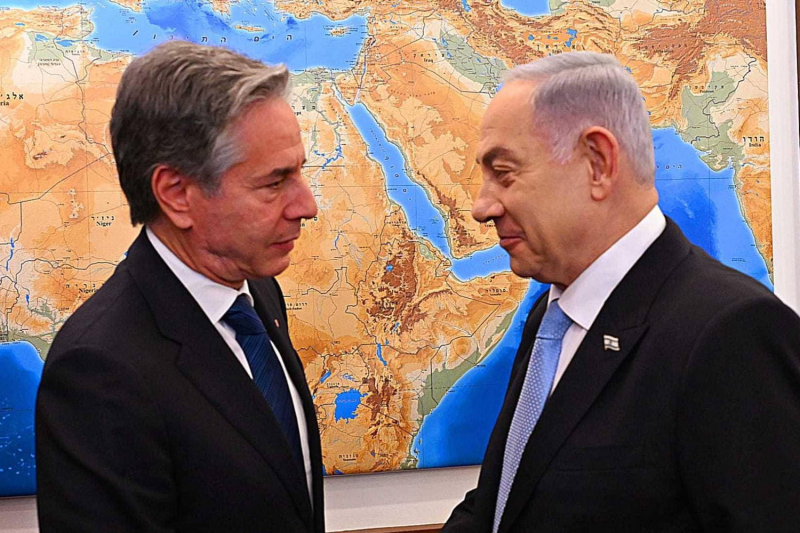Israel accepted the "compromise plan" American call for a ceasefire Gaza and invited Hamas à do the same. But if he said he was &eager" to achieve à a truce, the Palestinian group would oppose certain conditions of the proposed agreement by Washington. The essentials Latest news A leader of the Palestinian Fatah, the political party from which Palestinian Authority President Mahmoud Abbas hails, has died after an Israeli strike on Sa'iumidah in southern Lebanon. The organization had not suffered any direct losses since the start of the war. “The occupation forces are using Palestinian blood (…) to add fuel to the fire of war” in the Gaza Strip, reacted Toufiq Tirawy, a member of Fatah's Central Committee in Ramallah, headquarters of the Palestinian Authority in the occupied West Bank, to AFP. While Israel imposes its demands in the negotiations, Hamas also wants to impose measures or specify some of them, particularly concerning prisoner exchanges. In June, Israeli media reported a ratio of around thirty Palestinian prisoners released for each hostage – women, children or elderly people – released, and the Washington Postestimated that up to thirty Israeli hostages could be returned by Hamas in the first phase of the truce plan. But Hamas would like to have details on the types of prisoners returned, and even their identities. The Palestinian group is reportedly seeking to have guarantees that Israel will not resume fighting after the release of the hostages written Le Parisien. The truce agreement proposed by Washington presents some new features compared to previous proposals: the maintenance of Israeli forces in the Philadelphia corridor, a corridor along the border between Egypt and the Gaza Strip, as well as the establishment of a mechanism to prevent the smuggling of weapons into the southern Gaza Strip, reports the media outlet Axios. Last May, the Hebrew state announced having taken control of this strip of land where arms trafficking had allowed Hamas to equip itself. Both proposals were rejected by Hamas. This refusal was anticipated by Israeli negotiators and advisers, but the Hebrew state was firm in maintaining its conditions in the agreement. The Philadelphia Corridor is one of the points of disagreement between Israel and Hamas in the negotiations for a ceasefire. It is because of this piece of border between Gaza and Egypt that Israel had not accepted a previous truce agreement approved by Hamas and that today the situation seems to be reversing. The Palestinian group refuses that the Hebrew state obtains control of this corridor, as does Egypt, one of the mediating countries in the negotiations, but Israel demands to be able to place troops on this piece of land which is a gateway to the Gaza Strip. The agreement proposed by Washington and accepted by Israel could therefore provide permission for Israeli troops to be present in this Philadelphia corridor. And while such a move could be seen as a form of Israeli occupation near Gaza, Anthony Blinken made it “very clear that the United States does not accept a long-term Israeli occupation of Gaza” to cut off criticism. Anthony Blinken ended his visit to the Middle East by calling on Hamas to accept the truce agreement proposed by Washington to end the war in Israel and the Palestinian group. The head of American diplomacy assured that “time is running out” and that the new compromise plan could be that of “the last chance”. According to the American representative, the Israeli Prime Minister has already accepted the agreement that provides for an additional measure requested by the Hebrew State during the previous negotiations, which was already rejected by Hamas. This last measure is one of the sticking points between the two belligerents and could be one of the reasons for a new failure of the negotiations.
14:08 – Israel accused of killing Palestinian Fatah official in strike
12:31 – Prisoner exchanges at the heart of negotiations between Iran and Hamas
11:16 – Israel intransigent on two measures in the ceasefire agreement
10:33 – The Philadelphia Corridor: a Sticking Point in the Negotiations
10:01 – “Time is running out” to reach a ceasefire

